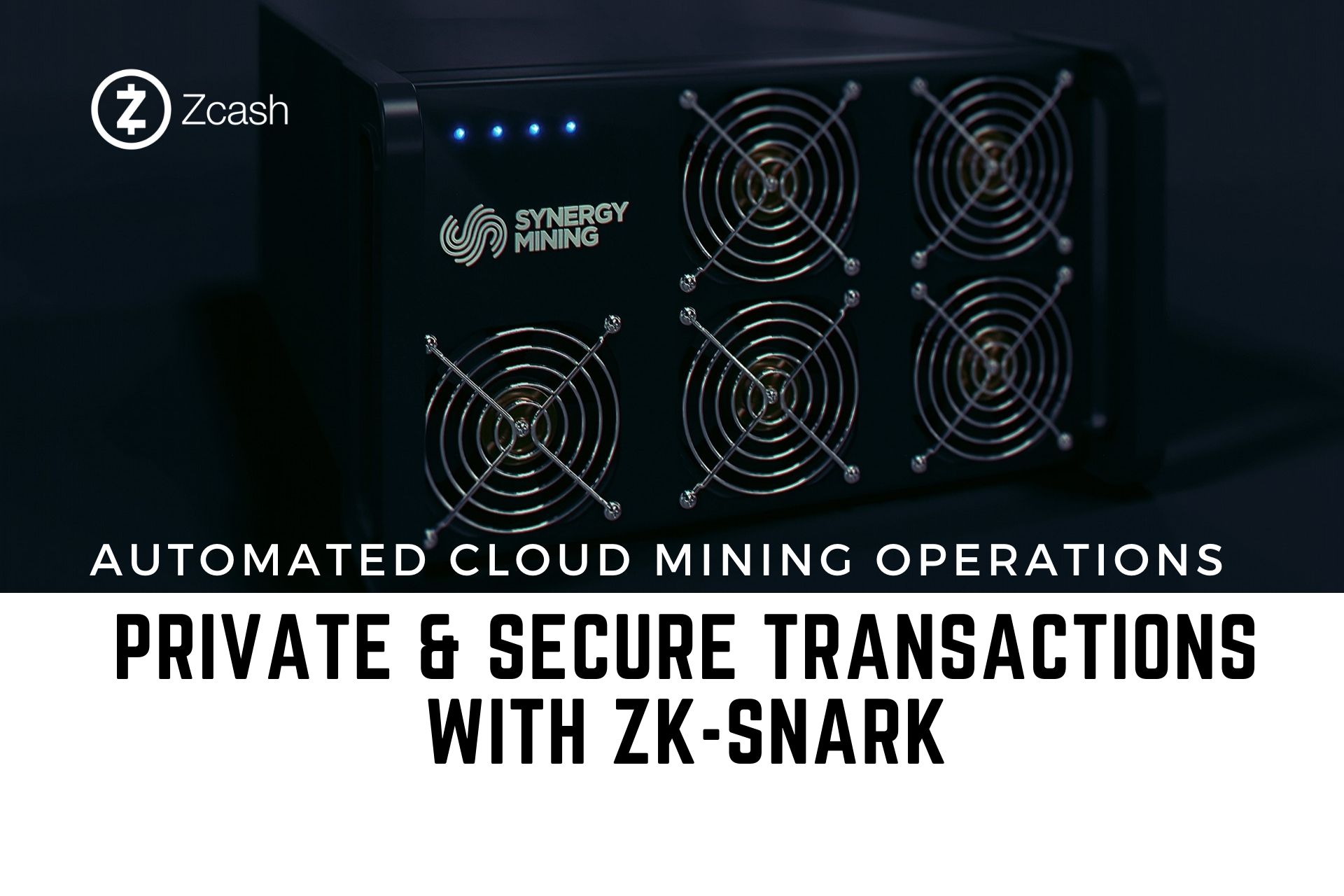

In this article we will show you how to set up NiceHash on minerstat dashboard. Many miners think that you cannot use NiceHash without using NiceHash Miner or NiceHash OS (NHOS), but you can set up mining on NiceHash stratums with minerstat and even set up a custom profit switch. You can mine anonymously or by registering the account on NiceHash website - so you can decide wether you want to mine to your own BTC wallet or the NiceHash wallet. You get paid for each valid accepted share - so NiceHash acts like a PPS pool.You get paid in BTC since NiceHash is a marketplace and buyers of hashing power pay in BTC for the order.Some other things that distinguish NiceHash from other pools are: The main difference between NiceHash and a regular pool is that mining on NiceHash means that you are mining for someone else - for the buyer of hashing power who placed an order on the marketplace - and that on a regular pool you are mining for yourself. Also, when some cards are weird about a setting and require an odd setting this comes in handy.NiceHash is a marketplace that contains several different stratums for different mining algorithms. When you have multiple GPUs, you can specify settings for each one by using commas inside the conf file. It should look like this: CONFIGURING MULTIPLE GPUs in the. If not, go fix it until you have valid JSON or else the miner will not start. The users of the NiceHash Miner application used to have the Rig Management display things such as: total power, total speed, total profitability. When you’re done, use Control-X then Y and Enter to save changes, and then it will tell you that it’s Valid JSON. I think its time for NiceHash to return all of things that you removed from the NiceHash Miner application and the associated Rig Management data information for the users of the application. I believe you want around xintensity 768 for the RX480, and xintensity 368 for R9 360 cards, for example. Again, watch your commas!!! But it’s okay, because PiMP will tell you if you make a syntax error on the JSON confs.Īlso, you will want to tune your intensity values for Ethereum depending on your GPUs. Also, you will see as the second example pool, ethermine, which takes an eth Wallet address “DOT” workername as the username and “x” as the password. Usually it is good to have at least 2 pools setup in case one fails while mining, it will go to the backup pool. You can replace this with your pool/username/worker, or delete it and just use one pool, whatever you like.

You will see in a lot of our confs that we use as the pool. In the case of, there are a few example pools included with PiMP. You will see a pool, wallet, username and password. The solution is actually pretty simple, set intensity by adding -i 3 to the startup parameters.


This is in JSON Syntax and so the commas, quotation marks, brackets and braces are all important and you have to be careful. So, Claymore ZCash miner usually provides the most profit for me, but as of lately the hash rate tanked on my 3GB 7950. In this conf, it will look a little bit different than the. conf file example we will edit the conf for sgminer-eth. Where it says FLAGS= you can change it, to say, FLAGS=-i 4 and that would pass that along to the miner. For example, if you wanted to specify intensity for optiminer in zcash-opti.pcfg you would: edit zcash-opti.pcfg and scroll down to the bottom. We also have a place there where you can put additional command line options called FLAGS= to put them in. pcfg has a special place for the pools, users, and passwords to connect. You can also specify values for every card, for example '-li 3,10,50'. More value means less heat and mining speed, for example, '-li 10' is less heat and mining speed than '-li 1'. Simply make sure that the config options that you want do not have the COMMENT OUT (IGNORE) character “#” in front of them, and that all the rest of the pools are commented out with “#”. Reduces mining intensity, useful if your cards are overheated. Then you can see an example for NiceHash, which takes a BTC address “DOT” workername as its username and “x” as the password. There is flypool which takes a Zcash Wallet t-address “DOT” workername as the username and “x” as the password. In the case of opti, there are a few example pools included with PiMP. You will see a lot of text, maybe the PiMP header at the top, and then you will see a pool, wallet, username and password. If the conf you want to edit is currently mining/running, PiMP edit will warn you that the miner is running. So, in this example we will edit the conf for optiminer-zcash.


 0 kommentar(er)
0 kommentar(er)
